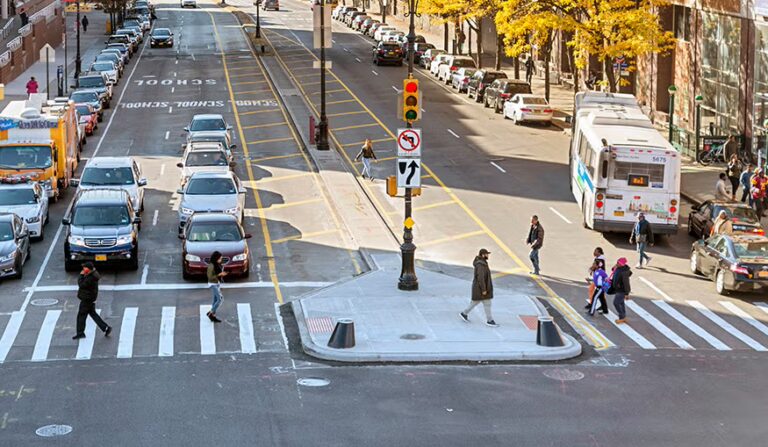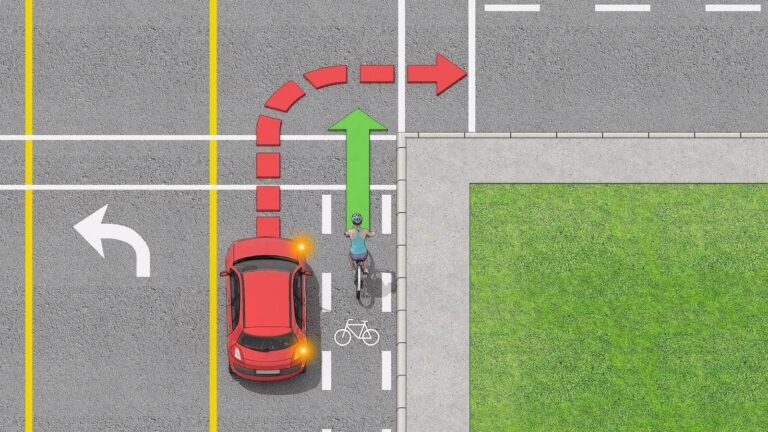Urban Planning – Designing Sustainable, Livable, and Future-Ready Cities!
Urban planning is more than just designing roads and buildings—it’s about creating functional, inclusive, and resilient environments where people can live, work, and thrive. As cities face rapid population growth, climate challenges, and technological evolution, urban planning plays a critical role in shaping a better future.
In this guide, we’ll explore what urban planning is, why it matters, key principles, types, emerging trends, and how it’s transforming the way we live.
🚧 What Is Urban Planning?
Urban planning is the process of designing and regulating the use of land, infrastructure, and public spaces in urban areas. It involves long-term strategies that guide the development of towns, cities, and regions.
Urban planning includes:
- Land use zoning
- Transportation planning
- Environmental sustainability
- Housing development
- Economic growth planning
- Infrastructure design
- Community involvement
Ultimately, it’s about balancing the needs of people, the economy, and the environment in growing urban areas.
🌍 Why Is Urban Planning Important?
1. Manages Rapid Urbanization

Cities are growing faster than ever. Thoughtful planning ensures infrastructure, housing, and services keep pace with population growth.
2. Improves Quality of Life
Access to green spaces, clean air, affordable housing, and safe transportation are all outcomes of good planning.
3. Promotes Economic Development
By planning business districts, transport hubs, and logistics areas, cities can boost investment and job creation.
4. Supports Environmental Sustainability
Urban planning reduces pollution, preserves green areas, and promotes eco-friendly transport options like cycling and mass transit.
5. Reduces Traffic and Congestion
Smart zoning and transit systems minimize daily traffic stress and improve commute times.
🧱 Core Elements of Urban Planning
Urban planning integrates many components to create well-functioning cities. Some of the most critical aspects include:
🏘️ Land Use Planning
Deciding how land is used—residential, commercial, industrial, recreational—ensures efficiency and harmony in urban growth.
🚦 Transportation Planning
Developing walkable neighborhoods, cycling paths, and public transit systems reduces reliance on cars and lowers carbon footprints.
🌳 Public Spaces and Green Areas
Parks, plazas, and nature reserves improve air quality, mental health, and social interaction.
🏠 Affordable Housing
Inclusion of diverse housing options prevents gentrification and ensures accessibility for all income levels.
🏫 Social Infrastructure
Planning includes schools, hospitals, libraries, and community centers that foster learning, health, and equity.
🔌 Utilities and Infrastructure
Water, electricity, waste management, and digital connectivity are core to urban resilience.
🧭 Types of Urban Planning

Different types of urban planning focus on specific goals or regions:
1. Strategic Urban Planning
A long-term vision aligning city development with economic, environmental, and social objectives.
2. Land-Use Planning
Zoning and development policies that dictate how specific parcels of land can be used.
3. Transport Planning
Focuses on integrating various modes of transport to create a seamless, efficient system.
4. Environmental Planning
Ensures that urban growth doesn’t come at the cost of ecosystems or resource depletion.
5. Regional Planning
Extends beyond city limits to coordinate development across metropolitan regions.
🏗️ Urban Planning Principles That Build Better Cities
- Sustainability – Designs that support the planet and reduce emissions
- Inclusivity – Ensuring accessibility for all social and economic groups
- Connectivity – Linking neighborhoods through roads, transit, and pathways
- Resilience – Adapting to climate change, natural disasters, and pandemics
- Smart Growth – Avoiding urban sprawl through compact, efficient development
- Community Participation – Involving residents in the planning process builds trust and success
🔄 Emerging Trends in Urban Planning
Urban planning is evolving rapidly with new technologies and challenges. Here are key trends reshaping the field:
🚶 Walkable Cities
Compact urban cores where walking is safe, convenient, and enjoyable are becoming a top priority for health and sustainability.
🌐 Smart Cities
Using data, sensors, and AI to optimize traffic, lighting, utilities, and emergency services.
♻️ Green Infrastructure
Rooftop gardens, permeable pavements, and urban forests help manage stormwater and reduce heat.
🛴 Micromobility Integration
Scooters, bike-sharing, and electric skateboards offer flexible last-mile transportation options.
🧠 AI and Data-Driven Planning
Urban analytics tools help cities predict growth, analyze traffic patterns, and allocate resources more effectively.
🧩 Urban Planning Challenges in the 21st Century
Despite its benefits, urban planning faces significant challenges:
- Affordable housing shortages
- Urban sprawl and traffic congestion
- Climate change and extreme weather
- Inequitable resource distribution
- Cultural and historical preservation
- Resistance to change or NIMBYism (“Not In My Backyard”)
These issues require collaborative governance, innovative thinking, and citizen participation.
👥 The Role of Citizens in Urban Planning
Urban planning isn’t just for architects and officials—citizen involvement is essential. Participatory planning helps ensure that developments meet real community needs.
Ways people can participate:
- Attend city council or zoning meetings
- Join neighborhood planning committees
- Provide feedback on proposed developments
- Participate in urban vision workshops
🌇 Famous Examples of Great Urban Planning
1. Copenhagen, Denmark
Renowned for its bike-friendly infrastructure, green spaces, and pedestrian-centered design.
2. Singapore
An example of land-scarce innovation—vertical gardens, efficient mass transit, and strict zoning.
3. Curitiba, Brazil
Known for its pioneering Bus Rapid Transit (BRT) system and integrated urban design.
4. Portland, Oregon (USA)
A leader in transit-oriented development, green infrastructure, and zoning reform.
FAQ’s
1. How does urban planning affect my daily life?
Urban planning shapes everything from how long your commute takes to how easily you can access parks, shops, or healthcare. Well-planned cities improve walkability, reduce traffic congestion, and enhance the overall quality of life.
2. What’s the difference between urban planning and zoning?
Urban planning is the broad strategy for city growth and development, while zoning is a regulatory tool within that plan. Zoning divides land into categories (like residential or commercial), guiding how it can be used and developed.
3. Can smart technology improve urban planning?
Yes, smart technology such as traffic sensors, data analytics, and digital mapping tools help urban planners make informed decisions, optimize infrastructure, and respond more quickly to changing urban needs.
4. Why is public participation important in urban planning?
When communities are involved in planning decisions, developments are more likely to reflect real needs, foster trust, and gain long-term support. Inclusive planning leads to more livable, equitable cities.
5. How does urban planning address climate change?
Urban planning combats climate change by promoting sustainable transport, increasing green spaces, reducing sprawl, and designing energy-efficient buildings. It plays a key role in creating climate-resilient cities.
Conclusion: Planning Cities for People, Not Just Cars
Urban planning is the foundation of thriving cities. It’s not just about where buildings go, but about how people move, interact, work, and live. As we face global urbanization and environmental shifts, planning must be inclusive, innovative, and resilient. Well-planned cities are greener, safer, healthier, and more enjoyable to live in—and they don’t just happen by accident. They’re the result of thoughtful, ongoing urban planning that puts people at the center.






